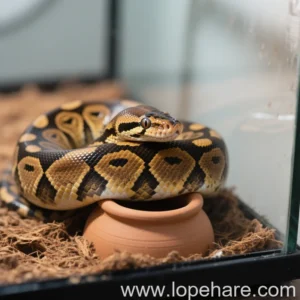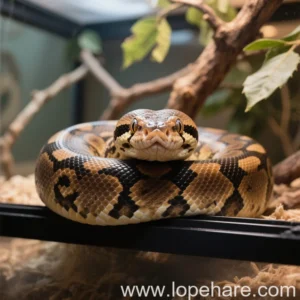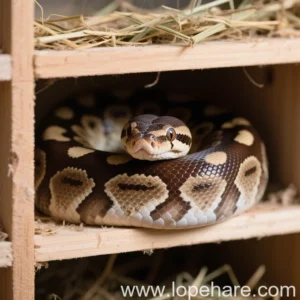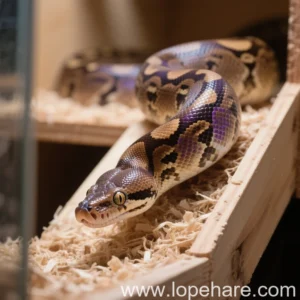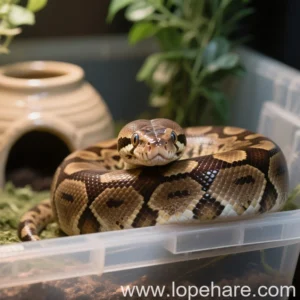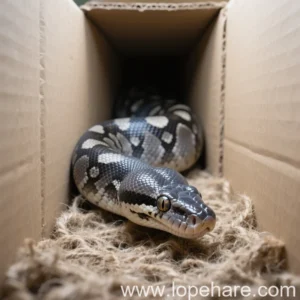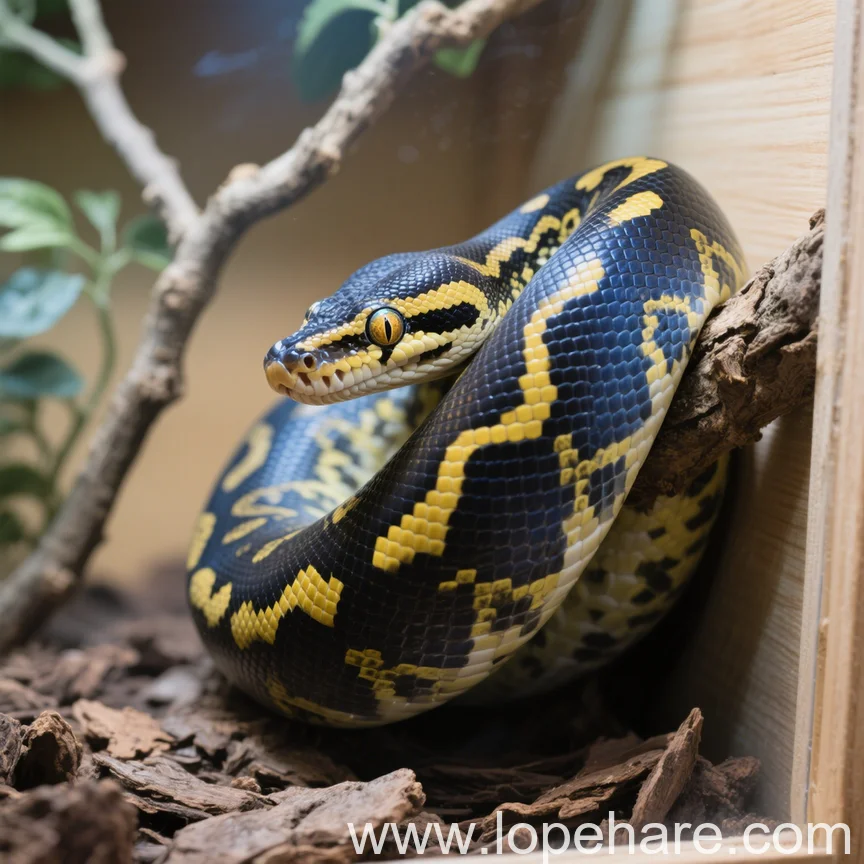
Reptile Breeding
Breeding Ball Pythons: Step-by-Step Guide from Pairing to Hatching
Introduction to Ball Python Breeding
As specialists in the world of small and exotic pets here at Lopehare, we often receive questions about breeding. Ball pythons (*Python regius*) are among the most popular pet snakes, known for their docile temperament and incredible variety of morphs. Breeding them can be a rewarding experience, allowing keepers to produce beautiful offspring and deepen their understanding of these fascinating reptiles. However, it’s a process that requires careful planning, attention to detail, and commitment. This guide will walk you through the essential steps, from preparing your animals to welcoming the hatchlings.
Preparation for Breeding
Successful breeding starts long before you introduce the snakes. Both the male and female need to be in prime health and condition. We typically recommend that females are at least 3 years old and weigh upwards of 1200-1500 grams, even though they may reach sexual maturity earlier. Males can often breed successfully by 1.5 to 2 years old, provided they are a healthy weight (around 600-800 grams). Never attempt to breed underweight or unhealthy animals, as this can be detrimental to both parents and future offspring.
Ensure your husbandry is perfect: appropriate temperatures (a thermal gradient with a warm side around 88-92°F and a cool side around 75-80°F), humidity levels (50-60%, increasing during shedding and around laying time), and consistent feeding. A varied diet and proper supplementation contribute to overall health and reproductive success.
Health Check First: Before considering breeding, have your snakes examined by a qualified reptile veterinarian to rule out any underlying health issues or parasites that could compromise the breeding process or the health of the hatchlings.
Pairing Your Ball Pythons
Ball pythons typically breed during the cooler months, often stimulated by a slight drop in temperature and changes in photoperiod (daylight hours). Many keepers will simulate this by lowering ambient temperatures by a few degrees (e.g., cool side down to 70-72°F, warm spot maintained) and reducing daylight hours slightly in the fall and winter. Ensure fresh water is always available, especially during this period.
Introduce the female into the male’s enclosure, or introduce them into a neutral, appropriately sized tub. Males may begin courtship immediately or after a period of investigation. Signs of successful pairing include the male aligning himself alongside the female, often twitching and pushing with his spurs, and eventually locking tails for copulation. Copulation can last several hours. Leave them together for 12-24 hours, then separate. Repeat pairing every few days or weekly for several weeks, often from late fall through early spring. Monitoring for successful locks is key to a step-by-step guide to breeding ball pythons.
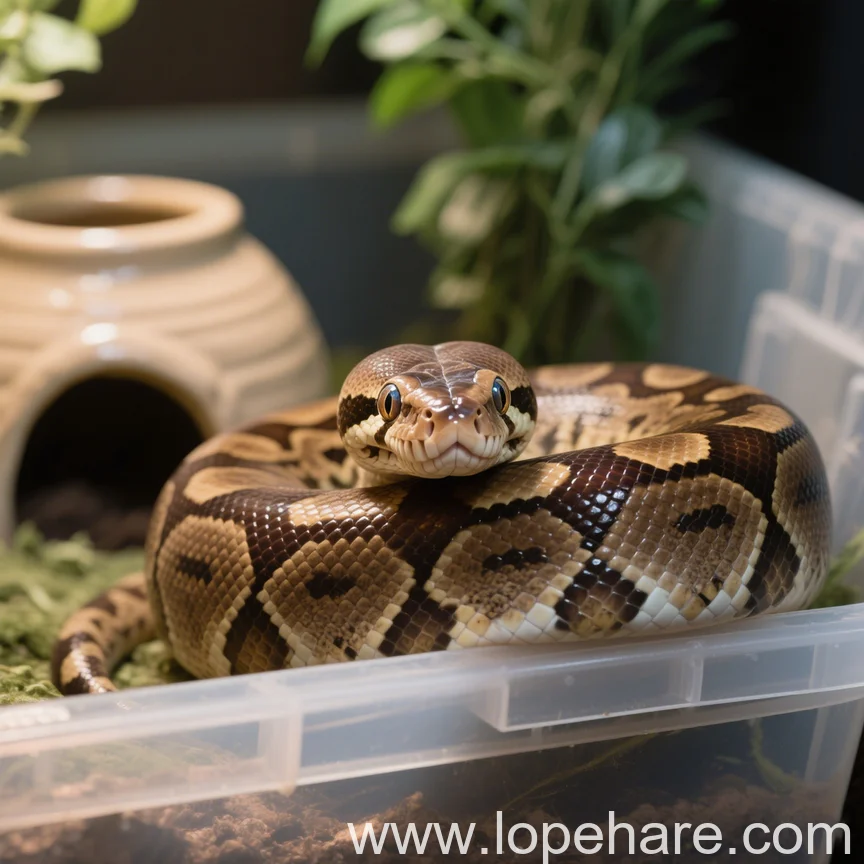
Recognizing Ovulation and Post-Ovulation Shed
After successful pairings, you’ll be watching the female for signs of follicular development and eventually, ovulation. Follicular development is a gradual process where follicles in the ovaries grow. You might notice increased size or swelling, particularly in the posterior half of the body, although this can be subtle.
Ovulation is the key event: the release of eggs from the ovaries into the oviducts. This appears as a noticeable, often sudden, swelling about two-thirds down the female’s body. It can look like she’s swallowed a large meal and typically lasts 12-48 hours before subsiding. Record the date of ovulation. This is a crucial milestone.
Approximately 2-3 weeks after ovulation, the female will undergo a “post-ovulation shed.” This is a normal shed cycle, but it’s significant because it marks the final preparation before egg laying. Once she has shed, egg laying is typically 25-35 days away.
Providing the Egg-Laying Site
About a week or two after her post-ovulation shed, provide the female with a humid nesting box. This should be a container large enough for her to comfortably coil inside, filled with a substrate that retains moisture well, such as sphagnum moss or coco coir. Keep the substrate moist but not soaking wet. Cut a hole in the lid or side large enough for her to enter and exit easily. Place this box on the warm side of her enclosure. She will spend increasing amounts of time in this box as laying approaches.
Incubation Setup and Monitoring
Once the female lays her eggs (a process that can take several hours), they will be in a clutch, often stuck together. It is crucial *not* to rotate or turn the eggs, as this can suffocate the developing embryos. Prepare your incubator beforehand.
Common incubation methods for how to incubate ball python eggs at home involve placing the eggs in a container with a substrate that maintains high humidity, such as vermiculite or perlite mixed with water to a specific ratio (often 1:1 by weight for vermiculite). Place the container inside a larger incubator (like a modified cooler or a dedicated reptile incubator) that can maintain a constant temperature. The ideal incubation temperature for Ball Python eggs is typically between 88-90°F (31-32°C). Fluctuations can be detrimental. Humidity inside the egg container should be very high (close to 100%).
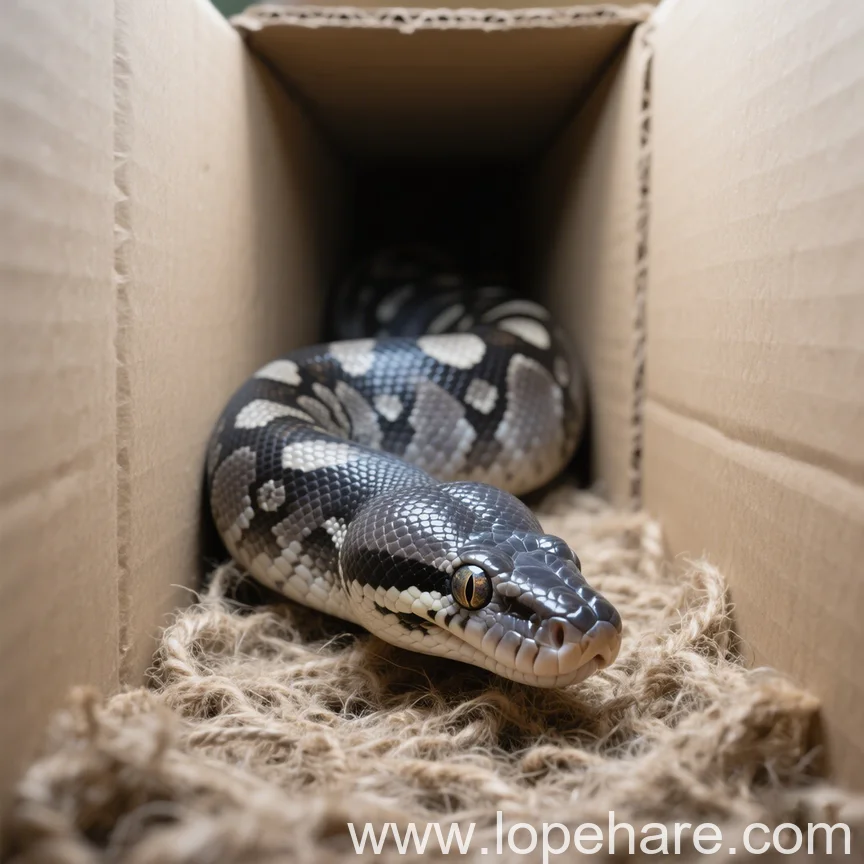
Monitor the eggs regularly. Healthy eggs will remain firm and white. Sunken, moldy, or discolored eggs are usually non-viable and should be carefully separated from the clutch if possible to prevent mold spread. Incubation typically lasts 55-65 days.
Temperature is Key: Maintaining a stable and correct incubation temperature is paramount. Too high or too low temperatures can result in death or developmental issues for the hatchlings. Use reliable thermometers and ideally, redundant temperature probes.
Hatching and Hatchling Care
As hatching approaches, you may notice the eggs “sweating” (developing small condensation droplets) and dimpling slightly. Hatchlings use an egg tooth to slit the eggshell. Do not be impatient! They may remain in the egg for 1-3 days after slitting it, absorbing the last of the yolk sac. Allow them to emerge on their own. Interfering too early can be harmful.
Once they have fully emerged, carefully place the hatchlings in individual small enclosures (e.g., plastic tubs with ventilation). Provide a warm side (80-85°F), a cool side (75-78°F), hides on both sides, fresh water, and appropriate substrate (like paper towels for easy monitoring). Maintain relatively high humidity (60-70%).

Hatchlings will typically have their first shed within 7-14 days of hatching. Offer their first meal (a appropriately sized rodent like a hopper mouse) *after* their first shed. It may take several attempts for some to start feeding. Patience and offering appropriately sized prey are important.
Common Challenges and Tips
- Non-Gravid Females: Sometimes females just don’t develop follicles or ovulate despite pairings. This could be due to age, weight, stress, or husbandry issues.
- Egg Binding (Dystocia): A female is unable to lay her eggs. This is a veterinary emergency.
- Bad Eggs: Eggs that go bad during incubation are common. Focus on maintaining optimal incubation conditions to minimize this.
- Hatchling Feeding Strikes: Some hatchlings are finicky eaters. Ensure temperatures are correct and try different feeding methods or prey types if necessary.
Thorough research, attention to detail, and a willingness to learn from experience are crucial for successful ball python breeding. Resources like Wikipedia’s page on Ball Python (*Python regius*) can provide biological context, while reptile husbandry forums and experienced breeders offer practical advice.
Conclusion
Breeding ball pythons is a multi-step process requiring dedication, patience, and precise husbandry from preparation through to caring for the hatchlings. While it presents challenges, successfully hatching a clutch of healthy ball pythons is incredibly rewarding. By following this guide and prioritizing the health and well-being of your animals, you’ll be well on your way to experiencing this fascinating aspect of reptile keeping. At Lopehare, we hope this guide empowers you with the knowledge to embark on your ball python breeding journey responsibly.
References:
- Ball Python (*Python regius*). (n.d.). In *Wikipedia*. Retrieved from https://en.wikipedia.org/wiki/Ball_python
